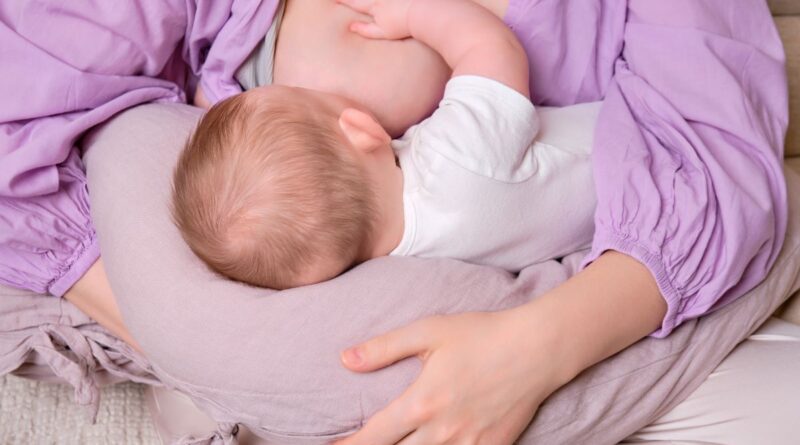New Regulations to Improve Safety of Nursing Pillows
[Update 10/23/2024: The Boppy® Company responds to new regulations. Read their message below.]
The U.S. Consumer Product Safety Commission (CPSC) has approved a new federal rule to improve the safety of nursing pillows for babies. This ruling coincides with Sudden Infant Death Syndrome (SIDS) Awareness Month, meant encourage safe infant sleep and to reduce the risk of SIDS.
The new rule will address suffocation, entrapment, and fall risks. According to the CPSC, there were 154 infant deaths and 64 injuries associated with nursing pillows, between 2010 and 2022. The majority of the deaths involved the baby sleeping in or on a nursing pillow, and nearly all of the reported deaths involved babies younger than 3 months old.
Nursing pillows are not intended for sleep. The safest place for a baby to sleep is on a flat, bare surface (in a crib, bassinet or play yard) on their back, with no pillows, stuffed animals, blankets or other items lying near the baby.
The CPSC issued these reminders to help keep babies safe while using nursing pillows:
- If the baby falls asleep while nursing/feeding, or if you start to feel like you might fall asleep, transfer the baby to a safe sleep space.
- Only use nursing pillows for nursing/feeding a baby.
- Never use nursing pillows for infant sleep or lounging.
- Do not place nursing pillows in other infant sleep products, such as cribs or bassinets, or anywhere a baby sleeps.
- Do not leave babies unattended in nursing pillows on beds, sofas, or other elevated surfaces.
The new nursing pillow standards will go into effect 180 days after they’re published in the Federal Register. Here are some of the new requirements:
- Stronger requirements for warnings, making them more visible and harder to remove.
- Nursing pillows must be firmer to prevent them from conforming to an infant’s face, reducing the risk of suffocation.
- Nursing pillow openings must be wide enough to ensure infants can move their heads freely to maintain airflow.
- Nursing pillows straps and buckles must hold at least 20 pounds to reduce the risk of infant falls.
Welcome Baby sites that distribute Boppy® Original nursing pillows to clients should know the following:
- The current Boppy® nursing pillow is not being recalled. Pillows in-use by consumers do not need to be destroyed nor returned to the manufacturer.
- The Boppy® Company expects to be ready to distribute its new nursing pillow design in Spring of 2025.
- The new pillow will be firmer, more open/larger in the center, and have permanent precaution labeling.
Resources:
- “Safe to Sleep” Campaign (National Institutes of Health)
- Safe Sleep Recommendations: Back is Best (American Academy of Pediatrics)
- Safe Sleep Education Center (U.S. Consumer Product Safety Commission)
- Recalled Products Related to Babies & Kids (U.S. Consumer Product Safety Commission)
- Safe Sleep Tips (Welcome Baby Book, chapter 8) (Spanish)
- Safe Sleep Checklist, Diagram, Other Resources (Parenting Resource Library) (Spanish)
- Boppy Loungers and Nursing Pillows Linked to 7 Recent Infant Deaths (Consumer Reports)
- Webinars Related to SIDS and Safe Sleep Practices (Stronger Families Blog)

